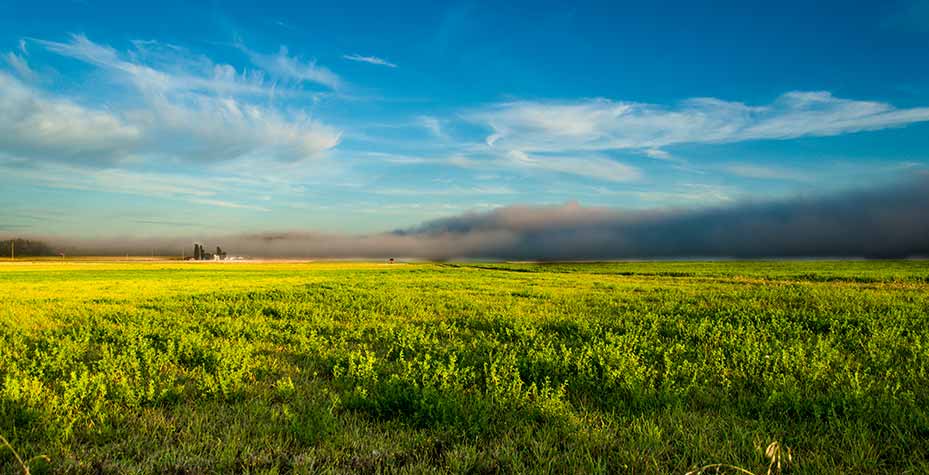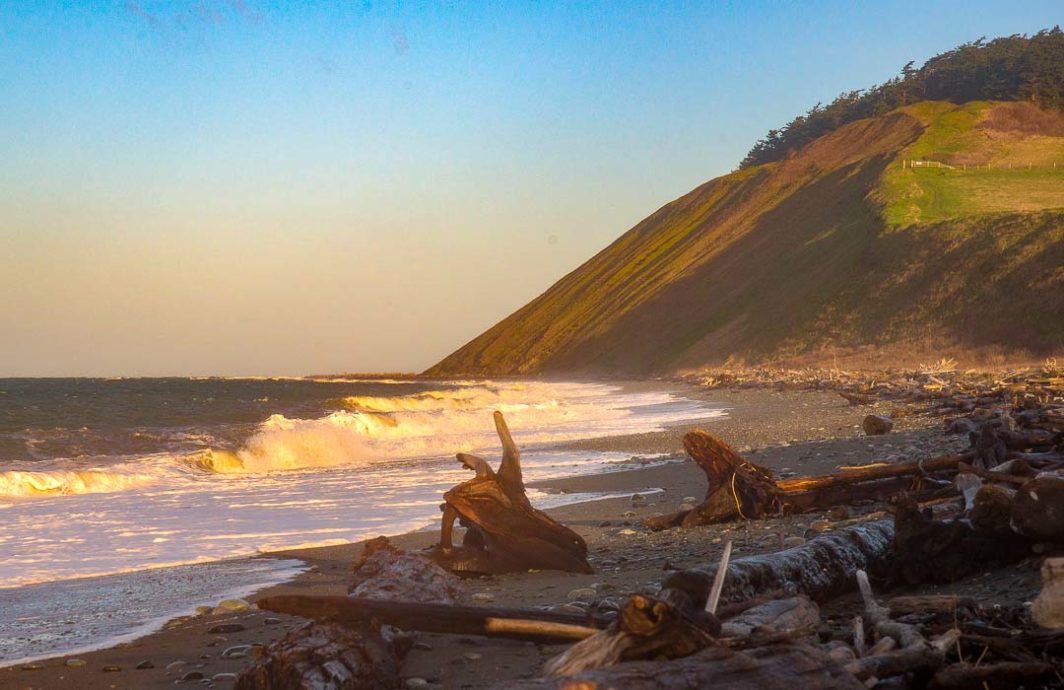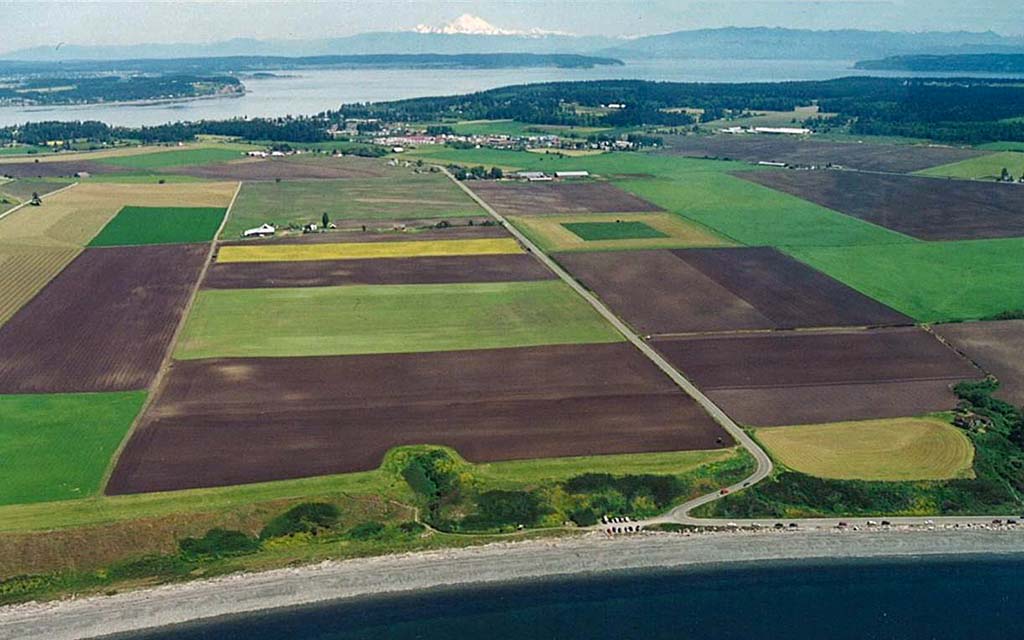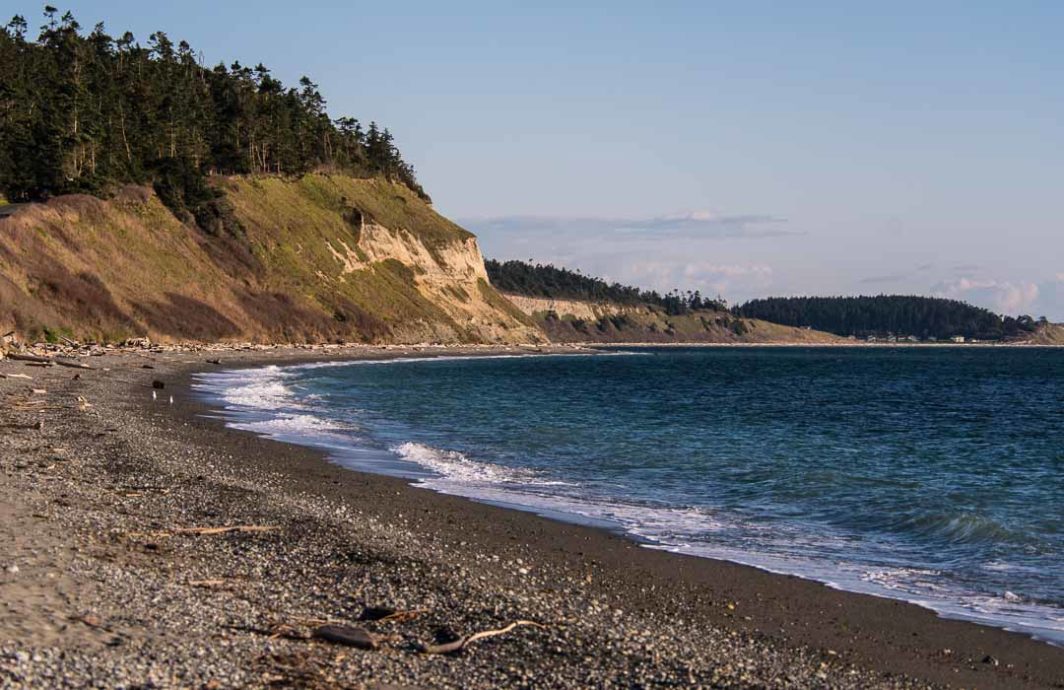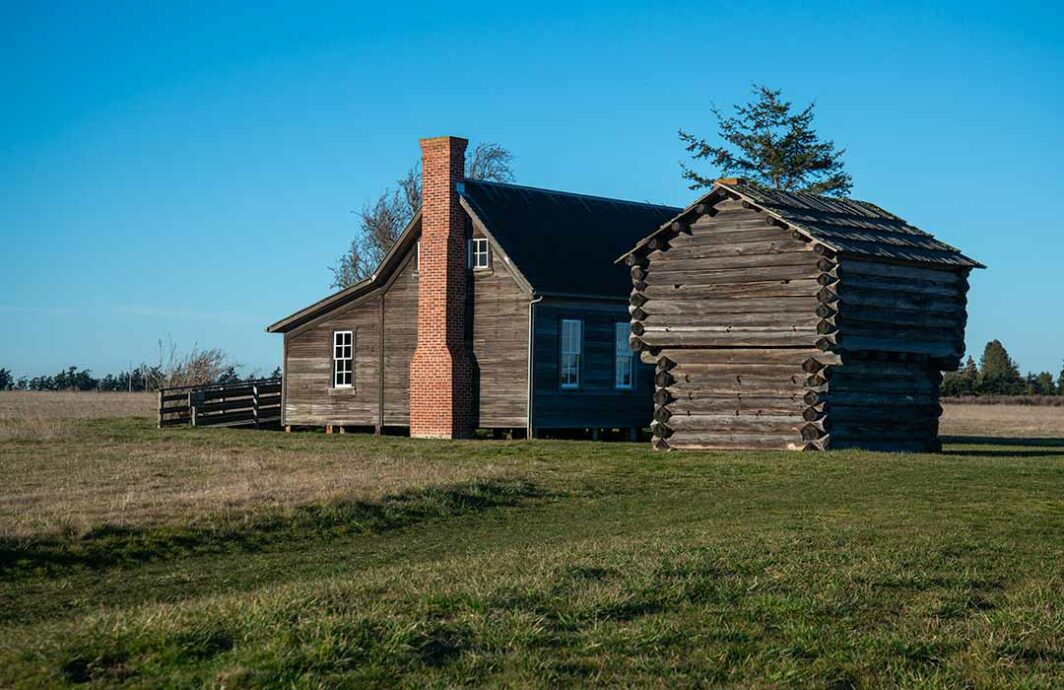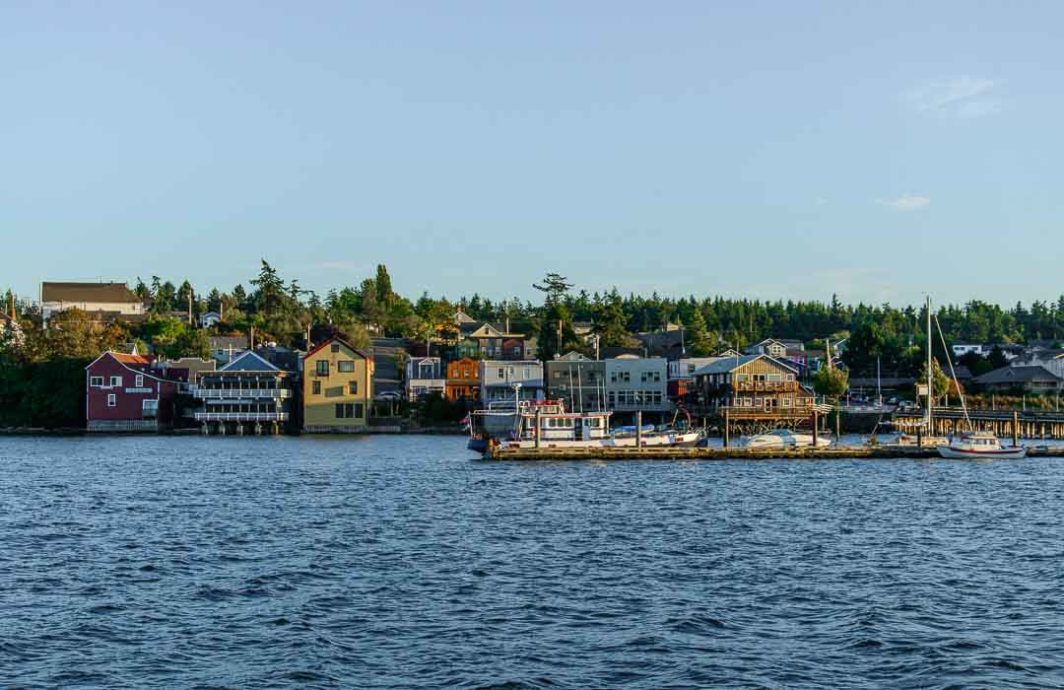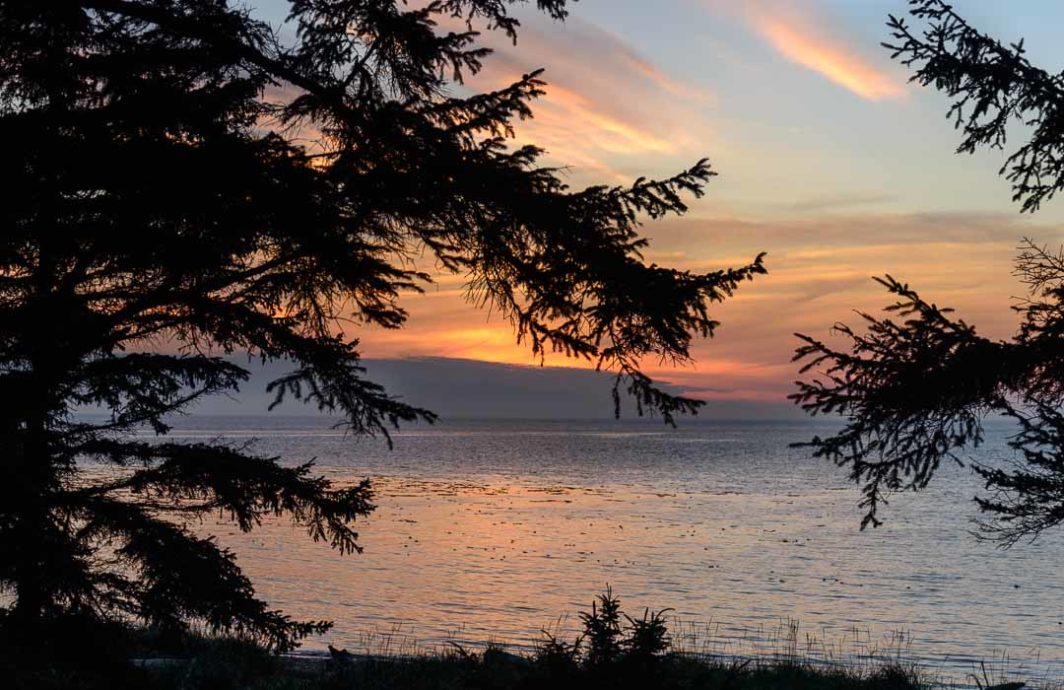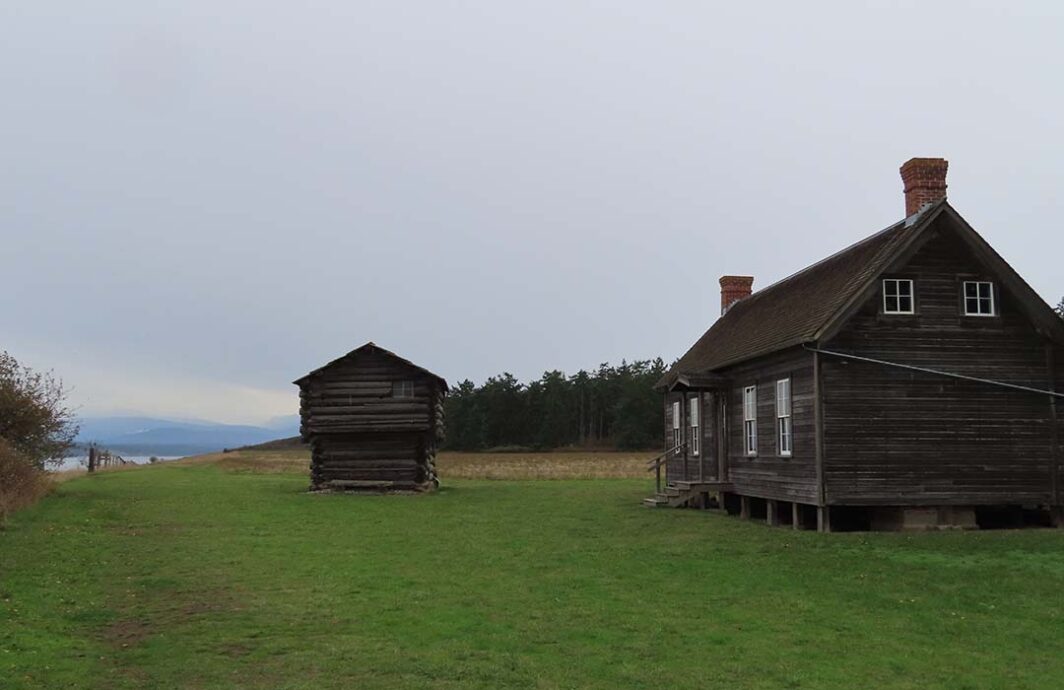Whidbey Island’s Ebey’s Landing National Historic Reserve is home to some of the Pacific Northwest’s oldest buildings, and the Reserve helps in preserving the region’s rural character.
Ebey’s Landing National Historical Reserve
Turns 40 in 2018
Special events throughout 2018 are planned to celebrate the 40th anniversary of the creation of Ebey’s Landing National Historical Reserve, including historic tours, exhibits, art, and history.
Ebey’s Landing National Historic Reserve
Ebey’s Landing National Historic Reserve was created to preserve the rural landscape and lifestyle of Central Whidbey Island.
Our Best Beach This Month:
Ebey’s Landing
Perhaps Whidbey Island’s most iconic beach, it’s rich in history and beauty. The long narrow beach is near Coupeville, in the center of the island.
Jacob and Sarah Ebey House
Built in 1856, this home and blockhouse represents the early history of Whidbey Island and is under the care of the National Park Service.
Ebey’s Landing National Historic Reserve
Ebey’s Landing National Historic Reserve Imagine filming in a national reserve where people live and work. The region embraces both the 19th and 21st centuries, preserving a rural lifestyle and frontier town atmosphere for more than 100 years. That is Ebey’s Landing National Historic Reserve. A Unique Partnership and Park Ebey’s Landing National Historic Reserve is the result of … Read More
Coupeville – In the heart of Ebey’s Reserve
For thousands of years before European settlers arrived, the area around what would become Coupeville was home to several Coast Salish villages of Lower Skagit peoples. The idyllic, sheltered shores of Penn Cove offered a wonderful place to make a home, with people living off the gifts nature provided from land and sea. The town was settled in the 1850s … Read More
Our Best Beach This Month – Fort Ebey State Park
Our Best Beach This Month is the beach at Fort Ebey State Park. The three-mile long shoreline is great for hiking, fishing, wildlife and scenery.
Friends of Ebey’s Reserve
Friends of Ebey’s Landing National Historical Reserve is a non-profit citizens group dedicated to enhancing the reserve, the first such reserve in the United States. Their efforts include fundraising, public outreach and educational activities and building public awareness of the reserve. Friends of Ebey’s is the official fundraising arm of Ebey’s Landing National Historical Reserve. You can shop online for … Read More
Jacob and Sarah Ebey House
Completed in 1856, the Ebey House is a one-and-a-half story, “hall and Parlor” type house. It was built of 12″ by 1″ fir planks nailed to a hewn-timber foundation. The blockhouse was built as protection against native peoples who wanted the settlers gone.

